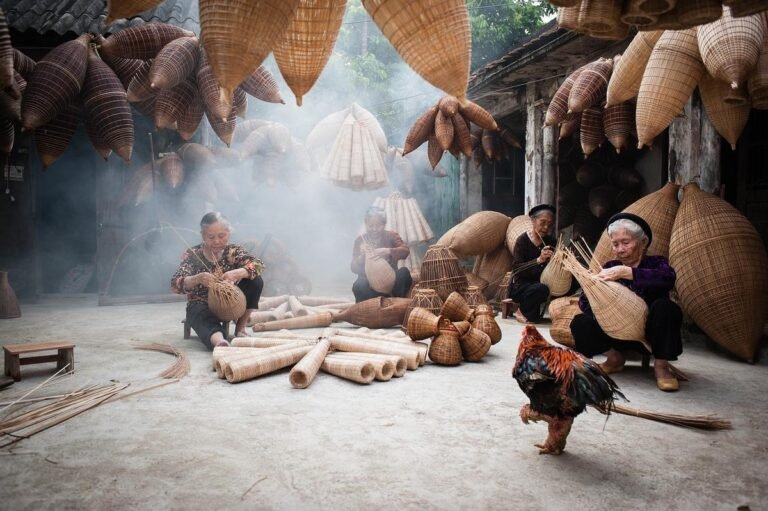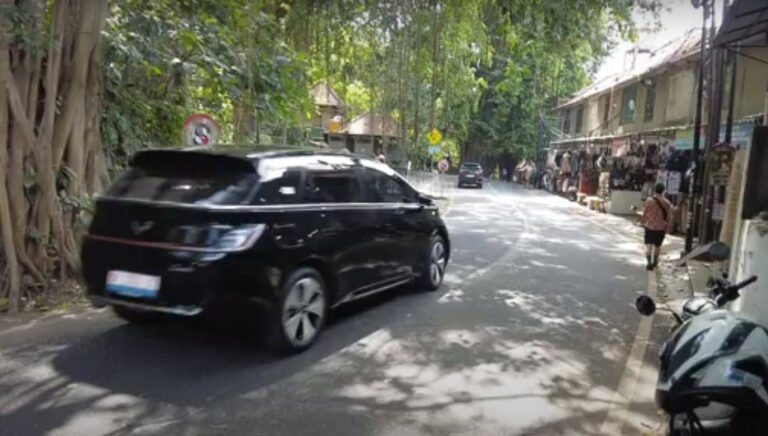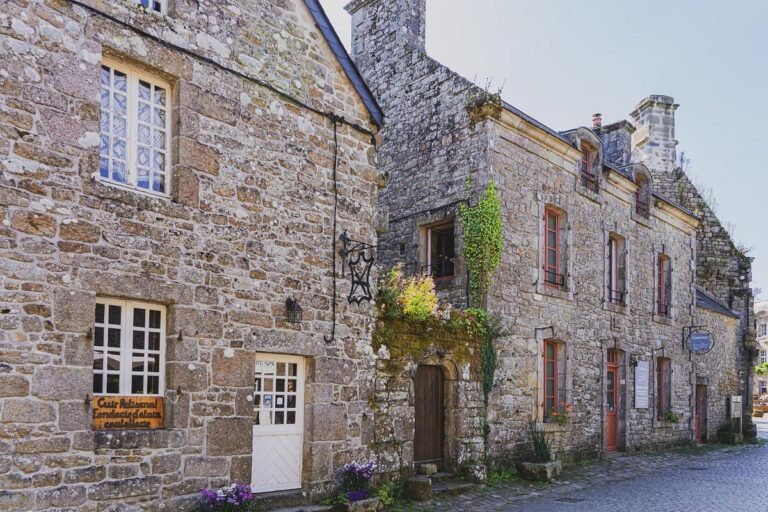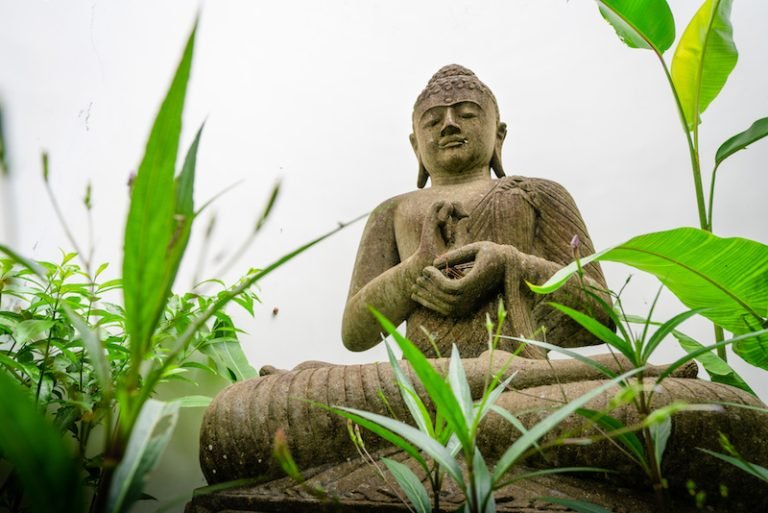At Mount Batukarus Foot, Munduk Pakel Village Thrives on Subak Fields and Temple Traditions
Munduk Pakel Traditional Village sits quietly in Gadungan, Selemadeg Timur, within Tabanan Regency, Bali. At the base of Mount Batukaru, this settlement greets visitors with crisp mountain breezes and expansive views of rice terraces carved into the hillsides. Reaching the village takes around ninety minutes by car or motorbike from Denpasar, with winding roads that reveal streams, clove groves, and roadside shrines. Early mornings bring the sounds of temple bells, the scent of burning incense, and the sight of farmers irrigating their fields.
The term “Munduk Pakel” originates from the abundance of pakel trees found by the founders. Known for their sturdy trunks and fragrant blossoms, these trees gave the village its name and remain a symbol of local heritage. Their presence underscores the residents’ deep respect for the surrounding forest and their commitment to maintaining ecological balance.
Spiritual life centers on three key temples, collectively called Pura Kahyangan Tiga. Each one plays a specific role in village ceremonies:
- Pura Puseh honors Lord Vishnu as the universe’s preserver. It occupies the rear section of a compound that merges seamlessly with Pura Desa. Stone gateways and carved pillars mark its entrance.
- Pura Desa pays homage to Lord Brahma, the creator. Located in the front courtyard, this temple hosts customary gatherings, community prayers, and annual festivals in an open space decorated with woven offerings.
- Pura Dalem stands apart from the other two and celebrates Lord Shiva as the destroyer. Intricate stone carvings depicting skulls adorn its walls, and rituals here mark rites of passage and ancestral memorials.
The subak irrigation network is a highlight for many travelers. More than a dozen traditional terraces spread across hills and valleys, maintained by farmer cooperatives that date back centuries. Two subaks draw the most attention:
- Subak Taman consists of flat, step-like fields that stretch toward a distant ridge. Visitors often pause at small stalls to sample local coffee and watch rice seedlings float on flooded paddies.
- Subak Timbul 2 sits atop a gentle rise, offering sweeping panoramas of Mount Batukaru. Cyclists follow narrow embankments that wind between emerald-green rice plots, making this route a favorite among bike tour groups.
Clove and coconut crops add another layer to the village landscape. Clove buds fill drying racks outside many homes, and towering coconut palms sway overhead. Families extract coconut milk and process spice blends, supplying goods to markets across Bali.
Interest from property developers has increased over the past five years. Several villas and guesthouses now line the approach road, giving visitors more lodging options. Local entrepreneurs rent rooms and operate bicycle stands, earning extra income by guiding tours through the subak areas.
Village leaders oversee planning efforts to protect traditional values. Elders review new building designs to ensure roofs, gates, and decorative elements align with age-old architectural norms. This approach keeps Munduk Pakel’s skyline and cultural fabric in harmony with its surroundings.
Living customs, sacred sites, and careful community planning make Munduk Pakel Traditional Village a standout destination. Its blend of spiritual depth, scenic subaks, and small-scale enterprises offers an authentic glimpse into Bali’s rural heartland.







